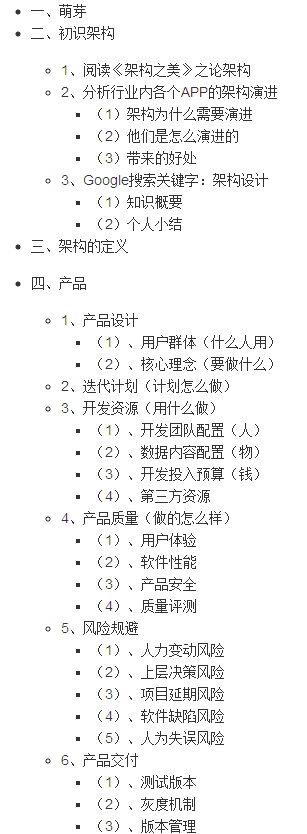I am new in OpenCV an dlib, and I am not sure if my designe is correct. I want to write C++ face detector for android phone wich should detect faces with differents phone orientation and rotatrion angles. Lets stay when phone orientation is portrait and landscape. I am using OpenCV to rotate/edit image and dlib to detect faces. dlib shape predicats initialized with shape_predictor_68_face_landmarks.dat and it can detect face only in correct phone orientation (it means if I rotate phone by 90 it can not detect face.)
To make possible detect faces I read axis from accelerometor and rotate source image to correct orientation before send it to dlib face detector and it detects ok, but output coordinates in dlib::full_object_detection shape of course matchs to rotated picture but not original. So it means i have to convert (rotate landmarks) to back to original image.
Is there are any existing API in dlib or OpenCV to make possible rotate landmarks (dlib::full_object_detection) for specified angle? It will be good if you can provide some example.
For iPhone apps, EXIF data in images captured using iPhone cameras can be used to rotate images first. But I can't guarantee this for Android phones.
In most practical situations, it is easier to rotate the image and perform face detection when face detection in the original image does not return any results (or returns strange results like very small faces). I have seen this done in several Android apps, and have used it myseklf on a couple of projects.
As I understand, you want to rotate the detected landmark to the coordinates system of the original image. If so, you can use getRotationMatrix2D and transform to rotate the list of point.
For example:
Your image was rotated 90 degree to the right around the center point (the middle point of image), now you need to rotate the landmark points back -90 degree around the center point. The code is
// the center point
Point2f center=(width/2,height/2)
//the angle to rotate, in radiant
// in your case it is -90 degree
double theta_deg= angleInDegree * 180 /M_PI;
// get the matrix to rotate
Mat rotateMatrix = getRotationMatrix2D(center, theta_deg, 1.0);
// the vector to get landmark points
std::vector<cv::Point> inputLandmark;
std::vector<cv::Point> outputLandmark;
// we use the same rotate matrix and use transform
cv::transform(inputLandmark, outputLandmark, rotateMatrix);



